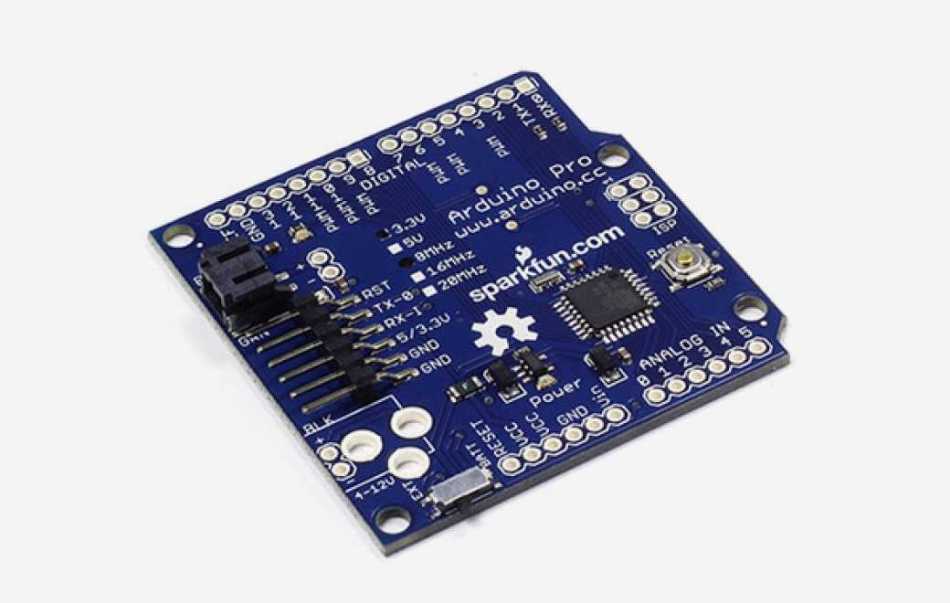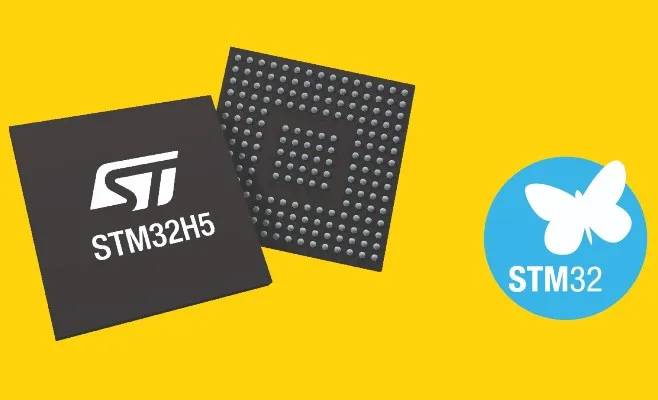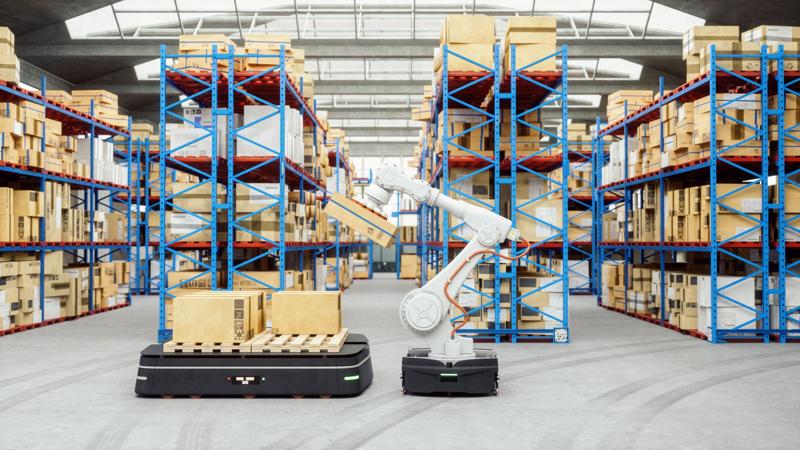
Arduino's newest gambits: Connectivity, industrial designs
- Communications
- 2023-09-23 21:39:47
Arduino has made its next move to bolster connectivity offerings by joining the AWS Partner Network (APN), a global community of over 100,000 cloud partners from more than 150 countries. It’s aimed to boost the Arduino PRO product line introduced in 2020 at the request of OEMs and system integrators.
Arduino PRO features 24 industrial-grade products, including the Portenta X8 Linux SOM and UL-certified Opta PLC, and is deployed by more than 2,000 businesses worldwide.

Figure 1 Arduino Pro, a microcontroller-based board, can be programmed with the Arduino software download and powered via a USB header, battery, or external power supply. Source: Arduino



The announcement underscores two major shifts at the open-source developer platform. First, Arduino wants users to easily create connectivity applications via its cloud platform commonly known as Arduino Cloud. Second, it aims to move beyond a prototype or educational platform and transition toward commercial and industrial applications.
Arduino’s cloud journey
Arduino Cloud offers users an easy path to collect data, control the edge, and gain insights from connected products without the need to build, deploy, and maintain a custom Internet of Things (IoT) platform. The 3-year-old Arduino Cloud is built on AWS and processes 4 billion device messages every month.

Figure 2 Arduino Cloud is an online platform to configure, program, and connect devices with a dashboard that allows users to monitor and control Arduino boards from a web interface. Source: Arduino
Take the example of ABM Vapor Monitoring, which supervises commercial buildings across the United States to ensure that regulated air quality standards are met. The company claims to have slashed product development time by six months and saved over $250,000 in engineering services while using Arduino Cloud.
Arduino has spent the last few years developing the IoT cloud to ensure more users can develop connected products. However, its UNO boards didn’t offer connectivity. So, earlier this year, Arduino released the UNO R4 boards with more powerful processors alongside Wi-Fi and Bluetooth connectivity. “It became very simple to create connectivity products for mobile apps or the web that can be controlled remotely and integrated very easily with the cloud,” said Massimo Banzi, Arduino’s co-founder, chairman and CMO.

Figure 3 UNO R4, powered by a 32-bit microcontroller, comes with a Wi-Fi variant to allow users to connect to the Arduino Cloud and other platforms for IoT projects. Source: Arduino
“Arduino doesn’t just develop boards,” Banzi added. “It’s a combination of development environment and cloud community, which makes Arduino very easy.” He also pointed toward the open architecture at the core of every Arduino product that provides a preferred path to AWS for chips supported by Arduino.
Moreover, in a high-level framework that allows users to migrate code to different platforms, libraries abstracted to connectivity channels like Bluetooth make it easier for users to develop connectivity applications. “We have developed a lot of libraries abstracted for high-level tasks, and everything is open source as much as possible,” Banzi said.
He gave the example of sensor-based connectivity applications in an Arduino environment. “You don’t need to read a lot of datasheet pages to figure out how to connect a sensor,” he said. “You search the sensor’s name, find one or more libraries developed by the Arduino community, and get going very quickly.”
Arduino in America
Arduino’s new AWS partnership also marks a shift beyond the common perception that it’s a prototyping or educational platform. Furthermore, while it’s making advances toward commercial and industrial applications, Arduino has decided to establish a local presence in the United States. Arduino has set up two new offices in the United States and named Guneet Bedi the head of U.S. operations.
“Arduino has been hugely popular in the United States, and we have a large community here,” Banzi said. “However, with Arduino being perceived as a prototyping or educational platform, we were able to manage this particular market with local partners without direct involvement.”
But with the launch of Arduino PRO, which is targeted at industrial products, Arduino must cater to large companies. “So, to serve these kinds of customers, we need to have a local team,” he added. “The local team can figure out what these companies need.”
Connectivity and industrial-grade applications mark a new chapter in Arduino’s design journey spanning nearly 15 years. And the latter part, which focuses on commercial and industrial applications, is intrinsically tied to its renewed presence in the United States. Exciting times at the open-source hardware pioneer with 32 million active developers worldwide.
Related Content
Arduino Catches IoT WaveThe 5 Best Arduino ProjectsArduino board plugs DIYers into the cloud for $69Linux-Friendly Arduino Simplifies IoT DevelopmentOpen-source HW in the Modern Era: Interview of Arduino’s CEO Fabio ViolanteArduino's newest gambits: Connectivity, industrial designs由Voice of the EngineerCommunicationsColumn releasethank you for your recognition of Voice of the Engineer and for our original works As well as the favor of the article, you are very welcome to share it on your personal website or circle of friends, but please indicate the source of the article when reprinting it.“Arduino's newest gambits: Connectivity, industrial designs”









